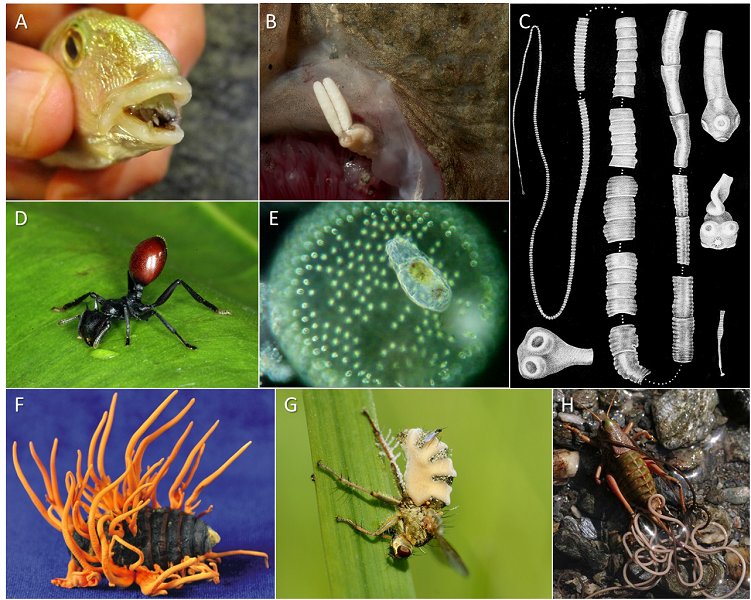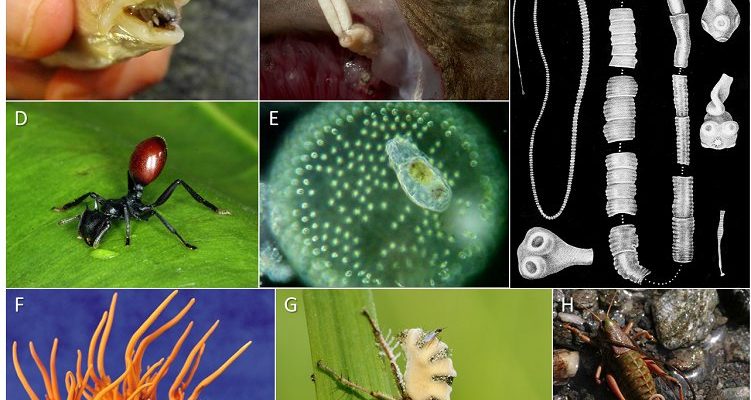
Now, you might be wondering, “What exactly is a wolf worm?” Well, they’re not your garden-variety worms. They belong to the family of larvae that can infect various mammals. Imagine a tiny invader that quietly enters a host’s body, growing and living off it while it develops. This process showcases the delicate balance of parasitism—where one organism benefits at the expense of another. It’s nature’s version of a complex dance, where the wolf worm plays a crucial part, and trust me, it’s more interesting than it sounds!
What Are Wolf Worms?
Wolf worms, scientifically known as *Dermatobia hominis*, are actually the larvae of a type of fly called the botfly. These larvae are typically found in regions like Central and South America, but their life cycle is a bit of a wild ride. It all starts when a female botfly lays her eggs on a mosquito. When the mosquito bites a mammal, the warmth of the host triggers the eggs to hatch, releasing the larvae. This is when the real fun begins!
Once the larvae enter the host, they burrow into the skin and start feeding on the tissue. They can create a painful, open sore while they develop, which isn’t exactly a pleasant experience for the host. In fact, one common nickname for these larvae is “wolf worms” because of their wolf-like predatory behavior. They’re not just freeloaders; they’re actively taking nutrients from their host, which makes them a unique example of a parasitic relationship.
The Lifecycle of Wolf Worms
Understanding the lifecycle of wolf worms is like watching a suspenseful nature documentary unfold. It all starts with the adult botfly, which captures a mosquito in mid-flight and lays its eggs on the unsuspecting insect. This can be seen as a clever survival tactic—a way of ensuring that the next generation has a means of transportation right into a host.
When the mosquito bites another mammal, the warmth from the host triggers the larvae to hatch. They enter through the bite wound and make themselves at home inside the host’s body. Here’s where it gets interesting: they don’t just sit around; they feast on flesh while growing. This stage can last several weeks, during which the host might experience intense discomfort.
Eventually, the larvae mature enough to exit the body, dropping to the ground to pupate and eventually become adult botflies. This lifecycle showcases the intricate connections in nature, highlighting how one creature can affect many others.
The Role of Wolf Worms in Ecosystems
You might be surprised to learn that wolf worms aren’t just annoying pests; they play a significant role in their ecosystems. They are part of the food web, acting as a food source for birds and other animals. By infesting mammals, they can help control certain populations, indirectly supporting the health of the ecosystem.
In a way, wolf worms are nature’s cleanup crew. When they infest a mammal, they can help remove weak or sick individuals from the population. While this might seem harsh, it is part of a natural balance. The healthier animals are more likely to survive and reproduce, contributing to a stronger gene pool.
However, this doesn’t mean that wolf worms are without consequences. In areas where they are prevalent, they can contribute to population declines in certain species, especially those that are not used to dealing with such parasites. This makes their role a double-edged sword in the grand scheme of ecological interactions.
Understanding Parasite Ecology
Now that we’ve looked at wolf worms, let’s zoom out and consider the broader picture of parasite ecology. Parasites like wolf worms have evolved to find ways to exploit their hosts, and this relationship is essential for ecological balance. Without parasites, many ecosystems would face overpopulation issues, leading to resource depletion.
Parasite ecology is the study of how parasites interact with their hosts and how those relationships affect larger ecosystems. It highlights the delicate dance of life where each player, big or small, has a purpose. Understanding these relationships helps conservationists manage wildlife populations and maintain healthy environments.
Think of it as a game of tug-of-war, where every organism holds a part of the rope. If one side pulls too hard (like eliminating all parasites), the balance shifts, and the ecosystem can become unstable.
Impact of Wolf Worms on Their Hosts
For the hosts, however, the impact of wolf worms can be quite severe. Infestations can cause pain, discomfort, and secondary infections. In some cases, the presence of wolf worms can lead to more serious health issues, especially in grazing animals that play essential roles in their environments.
In livestock, wolf worm infestations can lead to economic losses due to reduced productivity, poor health, and even death. Farmers need to be aware of these parasites to take preventive measures, such as regular health check-ups for their animals.
So, why should you care about wolf worms? Well, their role in the ecosystem serves as a reminder that every creature has a part to play, even the ones we find creepy or bothersome. Understanding their impact can help us appreciate the complexity of our natural world.
How Humans Can Coexist with Wolf Worms
While it might feel like a battle against nature, there are ways for humans to coexist with wolf worms and other parasites. Education is key—understanding the life cycle and behaviors of these worms can help us minimize their impact.
In agriculture, for instance, farmers can implement strategies to reduce the risk of infestations. This could include rotating pastures, using veterinary treatments, and keeping livestock healthy and strong, which can make them less susceptible to infections.
Additionally, researchers are studying these parasites to find ways to manage their populations while maintaining a balanced ecosystem. It’s all about finding that sweet spot where both wildlife and livestock can thrive without one overwhelming the other.
Wolf worms might sound terrifying at first, but they’re essential players in the game of life. By understanding their role in parasite ecology, we gain insight into the intricate relationships in our ecosystems. They may be small, but their impacts run deep, affecting everything from local wildlife populations to agricultural practices.
So, the next time you hear about wolf worms, remember they’re more than just creepy creatures—they’re a reminder of the complexities of nature. By respecting these relationships, we can find ways to coexist with the wonders of the natural world. And honestly, isn’t that a beautiful thought?

